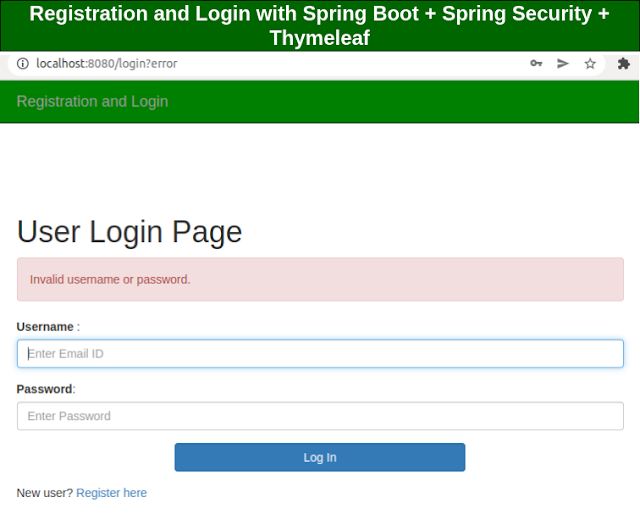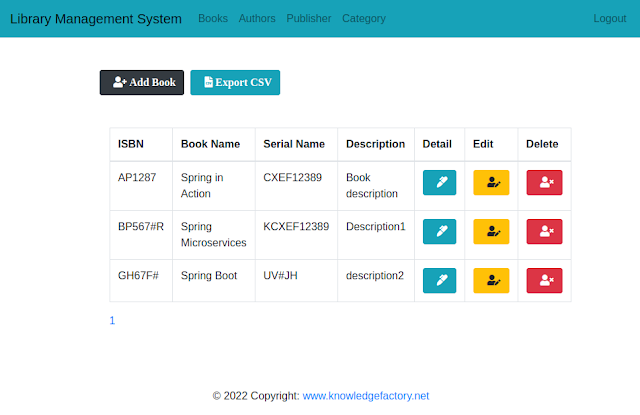Real-Time Temperature Monitoring & Alerts with Raspberry Pi, Python, Azure IoT Hub, Azure ML & Azure Communication Services
Diagram Explanation
1️⃣ Raspberry Pi with a DHT11/DHT22 sensor sends real-time temperature data to Azure IoT Hub.
2️⃣ Azure IoT Hub processes incoming data and triggers Azure Functions for further processing.
3️⃣ Azure ML Model analyzes data and detects temperature anomalies (e.g., overheating or cooling failures).
4️⃣ If an anomaly is detected, Azure Functions calls Azure Communication Services (ACS).
5️⃣ ACS sends an SMS/Email alert to the admin/user.
6️⃣ User/Admin monitors temperature data and receives alerts.
This guide will walk you through building a real-time temperature monitoring system using IoT sensors (Raspberry Pi) and Azure cloud services. The system will:
✅ Collect temperature data from IoT sensors.
✅ Analyze real-time temperature data for anomalies using Azure ML.
✅ Trigger alerts (SMS/Email) via Azure Communication Services (ACS) when abnormal temperature conditions are detected.
🛠 Tech Stack
- Hardware: Raspberry Pi, DHT11/DHT22 Temperature Sensor
- Software & Services:
- Python
- Azure IoT Hub (Device Communication)
- Azure Machine Learning (Anomaly Prediction)
- Azure Functions (Processing & Alerts)
- Azure Communication Services (ACS for SMS/Email Alerts)
🚀 Step 1: Setting Up Raspberry Pi & IoT Sensor
1️⃣ Install Dependencies on Raspberry Pi
Ensure your Raspberry Pi is up-to-date:
Install required Python libraries:
2️⃣ Connect & Read Data from DHT11/DHT22 Sensor
Create a Python script sensor.py to read temperature data:
🔗 Step 2: Sending Data to Azure IoT Hub
1️⃣ Create an IoT Hub in Azure
- Go to Azure Portal → Create a new IoT Hub.
- Note the Connection String & Device ID after registration.
2️⃣ Install Azure IoT SDK & Send Data
Modify sensor.py to send data to Azure IoT Hub:
🤖 Step 3: Setting Up Azure Machine Learning for Anomaly Detection
1️⃣ Create an Azure ML Workspace
- Go to Azure Portal → Create Azure ML Workspace.
- Use Jupyter Notebook or Azure ML Studio to train a model.
2️⃣ Train an Anomaly Detection Model
Create a Python script train_model.py to train an anomaly detection model:
3️⃣ Deploy the Model in Azure ML
Upload anomaly_model.pkl to Azure ML Model Registry.
🔧 Step 4: Azure Function to Process Data & Trigger Alerts
1️⃣ Create an Azure Function
- Go to Azure Portal → Azure Functions → Create a new function (Python)
- Choose HTTP Trigger or IoT Hub Trigger
2️⃣ Install Dependencies
Inside Azure Function, install required packages:
3️⃣ Process Data & Trigger Alerts
Modify function_app.py in Azure Function:
📩 Step 5: Sending SMS Alerts via Azure Communication Services (ACS)
1️⃣ Set Up Azure Communication Services
- Go to Azure Portal → Azure Communication Services → Create a new resource
- Copy the Connection String
2️⃣ Install ACS SDK
3️⃣ Send SMS Alert in Azure Function
Modify function_app.py to send SMS:
📊 Step 6: Monitor & Visualize Data in Azure
- Use Azure IoT Hub Metrics to track real-time sensor data.
- Azure Monitor can visualize temperature trends.
- Azure Log Analytics for logs & alert history.
🎯 Conclusion
With this setup, you now have a fully functional IoT-based real-time temperature monitoring system that:
✅ Collects temperature data from Raspberry Pi sensors.
✅ Sends data to Azure IoT Hub.
✅ Uses Azure ML to detect anomalies.
✅ Triggers SMS & Email Alerts via Azure Functions & ACS.
🚀 Next Steps: Extend this system by integrating a Web Dashboard or adding more ML models for predictive maintenance!









